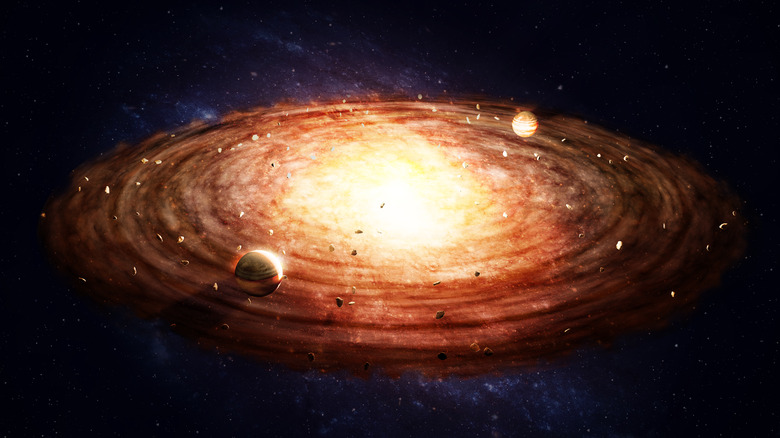Remarkable Footage Shows Planets Circling A Star 133 Light-Years From Earth
After more than a decade of observations, Northwestern University astrophysicist Jason Wang has constructed an amazing time-lapse video of four planets larger than Jupiter as they revolve around their star, giving viewers a one-of-a-kind glimpse into planetary motion.
Wang, assistant professor of physics and astronomy at Weinberg College of Arts and Sciences, pointed out that it can be difficult to detect planets in a rotating orbit, which is why this video of planetary motion is so striking.
Objects in our solar system, like Jupiter and Mars, are barely visible since we are in the same system and don't have a top-down view, Wang explains in a statement. Planetary events occur too promptly or slowly, making it hard to capture video of planetary motion of this caliber.
However, the video captured here showcases these motions on a human timescale, showcasing over 12 years of planetary motion for viewers to take in. It's unlike anything we've seen before, showing just how much more there is for us to learn about our universe.
HR8799, the system showcased in the video displaying the planetary motion, is located 133.3 light-years from Earth in the Pegasus constellation. This star is roughly 30 million years old and is 1.5 times more massive and five times brighter than our sun. In 2008, it became the first star system whose planets were directly captured in images.
From there, Wang began to watch the system, eventually capturing over 12 years of data which he has now turned into this time-lapse video showcasing the planetary motion within the system. And this isn't the first time we've seen time-lapses of astronomical value popping up, either.
Last year, astronomers created a time-lapse of Jupiter's rotation using half a million images. We've also seen time-lapses of sunspots, which astronomers have used to better study and understand the activity within our own star.
